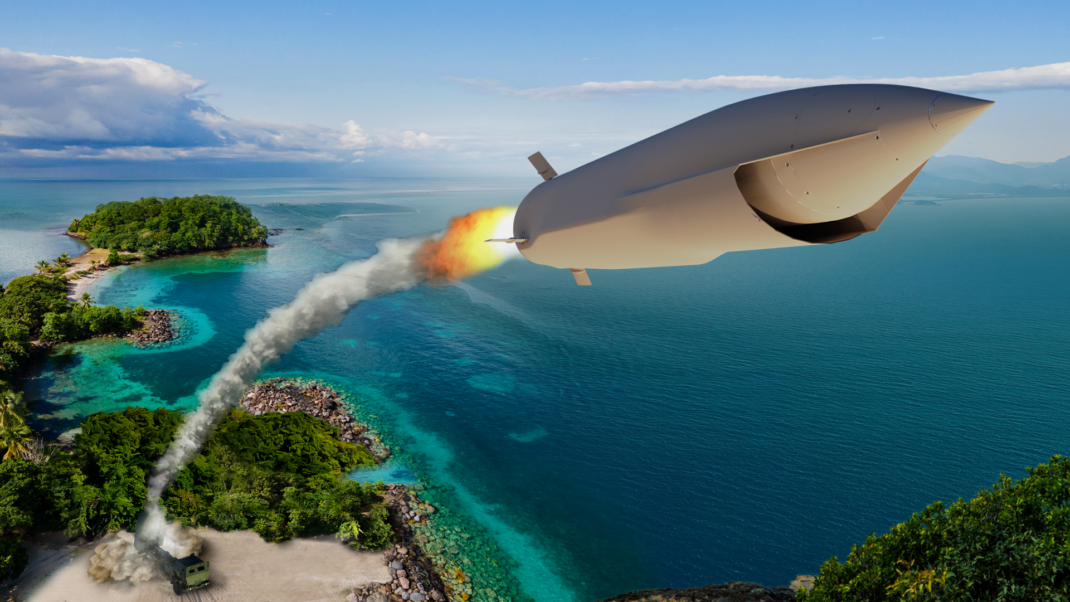Ideally an earth observation satellite, a drone or some kind of radar locates the target and delivers location information to the missile using sat-com or other transmitter. Ideally the information is updated frequently until the missile arrives at the target location. The missile may or may not have enough time to maneuver but it would increase the odds if the missile has multiple warheads.
Too much assumption of ideality makes it quite difficult to work things out in the field. If it were, and ideality solved all the problems, anyone with an observation satellite and a communications satellite could have made such missiles.
First of all, LEO Earth observation satellites have passes (once in 1-2 days) and can be obscured by clouds, so it had better be a radar with a SAR payload and a high amount of them. Then there is the matter of minimum communication latency, i.e. not waiting for the satellite to be in position to communicate with a centre in Anatolia.
Then you have to process the data and make sense of it, check that the target is real and not an ally.
Finally, all of this has to work seamlessly together so that the observation satellite calculates the position correctly, passes it on to the ground station, then it is put into the data link and sent out to the communications satellite and from there to the missile.
Either way, it takes a solid processing and communications capability with a set of satellites to keep an eye on the target for at least minutes without interruption, and to calculate/estimate its trajectory in the background to narrow the window for the missile so that active guidance (RF or IIR or TV or hybrid) can be successful. Most of the problem here is how to get the missile to the terminal phase, where it targets the ship's location and captures in the narrow window of the seeker. A ship travelling at 15 knots will travel about 5 miles either way. And a precise active guidance seems to be a must for a decent PoK.
First of all, LEO Earth observation satellites have passes (once in 1-2 days) and can be obscured by clouds, so it had better be a radar with a SAR payload and a high amount of them. Then there is the matter of minimum communication latency, i.e. not waiting for the satellite to be in position to communicate with a centre in Anatolia.
Then you have to process the data and make sense of it, check that the target is real and not an ally.
Finally, all of this has to work seamlessly together so that the observation satellite calculates the position correctly, passes it on to the ground station, then it is put into the data link and sent out to the communications satellite and from there to the missile.
Either way, it takes a solid processing and communications capability with a set of satellites to keep an eye on the target for at least minutes without interruption, and to calculate/estimate its trajectory in the background to narrow the window for the missile so that active guidance (RF or IIR or TV or hybrid) can be successful. Most of the problem here is how to get the missile to the terminal phase, where it targets the ship's location and captures in the narrow window of the seeker. A ship travelling at 15 knots will travel about 5 miles either way. And a precise active guidance seems to be a must for a decent PoK.









